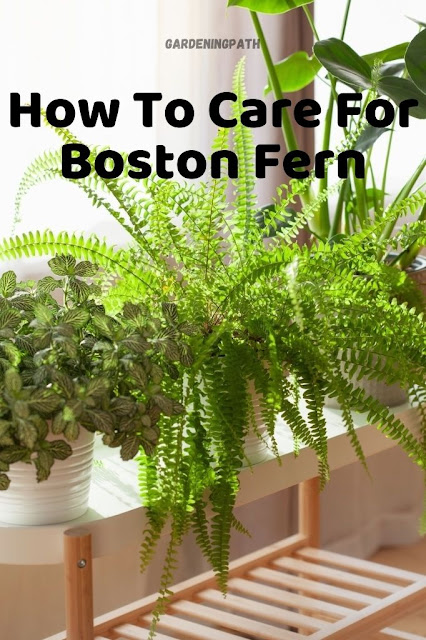How To Grow and Care For Prayer Plants
The prayer plant is one of the most distinguishable tropicals, thanks to its beautiful decorative leaves. The popular tricolor variety has deep green, velvety leaves with yellow splotches down the midrib and arching red veins traveling to the leaf margins. A slow-grower, the prayer plant can eventually reach up to a foot in height indoors.
The maranta leuconeura is also known as the prayer plant. Once evening descends, this low-growing Brazilian native has a habit of raising its leaves to an upright position and folding them as if in prayer. It can thrive outdoors only in the U.S. Department of Agriculture plant hardiness zones 11 and 12, so it’s typically cultivated indoors.
Prayer plant care isn’t difficult as long as you address its specific needs. As a tropical plant, it has distinct requirements for humidity, temperature, and water.
How to Grow a Prayer Plant
The prayer plant tolerates low light conditions, it does best in bright, indirect sunlight. The prayer plant prefers well-drained soil and requires high humidity to thrive. The prayer plant should be kept moist, but not soggy. Use warm water and feed prayer plant every two weeks, from spring through fall, with an all-purpose fertilizer.
Light
You can hang or set your prayer plant near a window where it will receive indirect sunlight. Never set your plant in direct sunlight because the sun will scorch the plant’s leaves or the leaves will develop blotches or patches and fade in color intensity. The plant is generally tolerant of lower light areas. In the winter, when the plants go into dormancy (and sometimes die back completely), provide them with a bright light to maintain growth.
Watering
Prayer plants’ water preferences hearken back to their native conditions in Brazil, Asia, and Africa. They like to be kept evenly moist and just barely damp to the touch. Do not let the soil get too dry between waterings. Prayer plants also appreciate being watered with warm water. Slow down watering a bit during dormant winter months.
Prayer plants need high humidity in order to thrive. Household humidity is likely too low for them. To give your prayer plant the microclimate it likes, group it with other plants or place it on a dish filled with pebbles and water (while making sure that the plant isn’t actually resting in the water).
Soil
The prayer plant prefers light and airy soil that are slightly acidic in pH. The ideal pH for your prayer plant is between 5.5 to 6.0. Use a potting mix that includes peat moss, as well as a mixture of sand and perlite.
The perlite adds air to the roots of the soil while improving drainage. The peat moss also provides an airy substrate that holds onto moisture. Only use pre-packed soil amendments, and never use soil from your garden, unless you have a thriving flowerbed.
Using regular soil from the yard results in a compaction of the soil that water-logs the roots, causing the onset of root rot. These plants don’t like getting their “feet wet.” If the roots stay in soggy soil for extended periods, expect the onset of root rot.
Root rot causes wilting in the foliage, and shortly after that, the plant will die. To improve soil drainage, use a pot with plenty of holes in the base, and line the bottom of the container with a layer of small stones.
Fertilizer
Fertilize them during the growing season (spring through summer). You can use a wide range of fertilizers, like fish or seaweed emulsion, compost-like worm castings, or a complete liquid fertilizer. We recommend diluting all liquid fertilizers to ½ strength. If your plant already has a slow-release fertilizer in the soil, either applied by you or the grower, then it’s not necessary to fertilize for 5-6 months.
Pruning
If you want to encourage more vigorous growth, you can prune your prayer plant. Use a sterilized pair of garden scissors and clip the stems right above a leaf node. The prayer plant will respond by sending out new shoots directly below the cut area, making for a bushier appearance!
Repotting and Propagation
You will need to repot your Prayer plant every 2 years. It is best to do this during spring. You should replace the pot with a larger one only if the plant has outgrown its present container. If you want to propagate your Prayer plant, you should do this at the same time as repotting.
It is best to propagate Prayer plants by division. Simply divide clumps of leaf stalks and leaves with roots. Do this during repotting. Simply plant segments in individual pots. Cover the new plants and their pots with polythene to encourage the new growth and to provide them with all the warmth and humidity they need. Once the new growth appears you can remove the covering.
Toxicity:
The plant is not poisonous to humans. It is also non-toxic for dogs and cats, so decorate your home with them worry-free!
Pests:
Clean the leaves occasionally with a dry cloth to keep them free of dust. Spider mites are the most common pest culprit. You’ll know your prayer plant might be taken over by spider mites if you notice tiny black dots. Leaves infested with spider mites may also be covered with white webbing and have yellow or brown dry spots. The good news is that spider mites dislike the high humidity needed to keep a prayer plant happy, so you should avoid them if you take care of your plant.
Problems:
If you notice small, water-soaked spots on your leaves, the likely cause is a fungal disease called helminthosporium leaf spot. An application of neem oil will kill any active disease, but you’ll need to stop over-watering the plant and avoid getting the leaves too wet.




Comments
Post a Comment